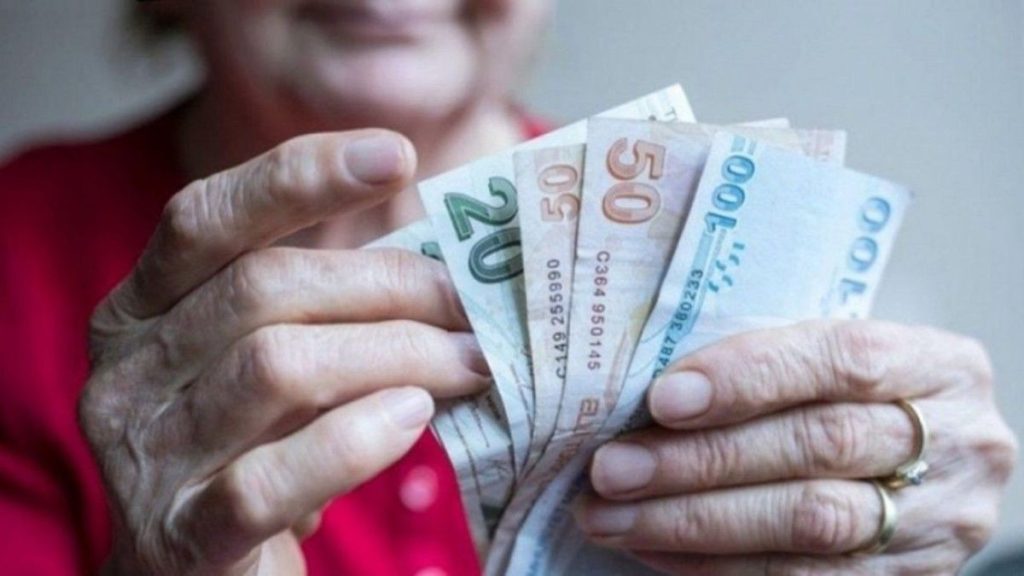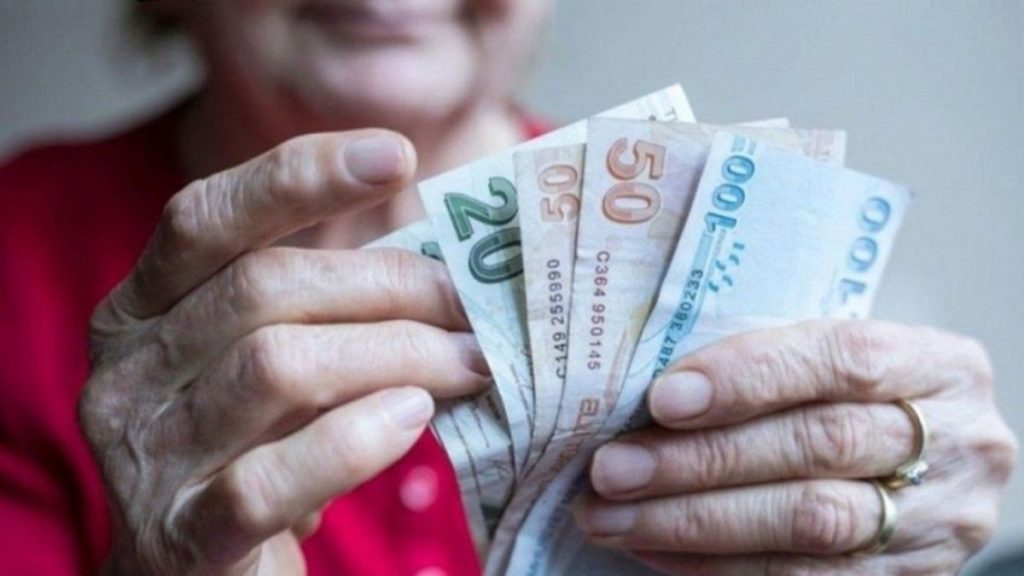The Department for Work and Pensions (DWP) has officially confirmed that State Pension payments will rise by around £538 a year from April 2026, thanks to the triple lock system. This latest uplift, projected at around 4.5% to 4.7%, will raise the full new State Pension to approximately £12,500 per year, or £240–£241 per week.
The increase will be applied automatically, meaning pensioners do not need to apply or take any additional action. The adjustment will appear in April’s payment cycle, reflecting another year of protection under the triple lock.
Why the DWP Pension Boost Matters

This rise comes at a time when many older Britons continue to feel the financial squeeze from high living costs, particularly for energy, groceries, and transportation. The £538 annual boost translates to an extra £10–£11 per week, providing much-needed support for those who rely heavily on their pension income.
The government’s triple lock guarantee ensures that the State Pension keeps pace with inflation and wage growth, maintaining pensioners’ spending power even as prices fluctuate. This latest increase once again underscores the policy’s importance for protecting retirees’ financial stability.
Overview of the 2026 State Pension Boost
| Item | What to Expect |
|---|---|
| Headline Boost | Around £538 per year increase from April 2026 |
| Weekly Rate (New Pension) | From about £230.25 to £240–£241 per week |
| Mechanism | Triple lock – highest of earnings, September CPI, or 2.5% |
| Confirmation Timeline | Final rate confirmed after September 2025 CPI data |
| Coverage | Applies to both new and basic State Pensions |
| Implementation Date | April 2026 |
| Increase Driver | Current leader: Earnings growth (approx. 4.7%) |
Understanding the Triple Lock System
The triple lock has been the cornerstone of UK pension policy since 2010. It guarantees that the State Pension rises each April by the highest of:
- Average earnings growth,
- Consumer Price Index (CPI) inflation (measured in September), or
- A minimum of 2.5%.
For the 2026/27 financial year, wage growth is currently outpacing inflation, setting the benchmark for the projected 4.5–4.7% increase. However, if September’s CPI figure is higher, inflation will instead determine the final uplift.
The government will confirm the final increase in autumn 2025, after official data is published.
How Much More Will You Receive?
If the mid-4% rise holds, pensioners receiving the full new State Pension will see their weekly amount rise from £230.25 to roughly £240–£241.
That works out to:
- £12,450–£12,510 per year for the full new State Pension
- Around £538 annual increase, or £10–£11 per week
For those on the basic (pre-2016) State Pension, the same percentage increase applies but from a lower base, raising payments from about £176.45 to around £184–£185 per week.
Why This Increase Is Important
The extra £500+ a year could help retirees offset rising household bills, especially as energy, transport, and food costs remain elevated. Even as inflation has moderated, prices are still significantly higher than before 2020, making this annual increase critical for maintaining living standards.
For many pensioners — particularly those without significant workplace or private pensions — the State Pension remains their primary source of income, and every percentage point matters.
When Will the Final Figure Be Confirmed?
The final percentage and payment rate will be confirmed in autumn 2025, after the release of September’s inflation (CPI) figures.
If inflation surpasses wage growth, the triple lock ensures that CPI will set the rate instead. Once confirmed, the new pension amounts will take effect automatically from April 2026 and will appear in the first full payment cycle of the new tax year.
Who Will Benefit from the £538 Pension Boost
The 2026 State Pension increase applies to both tiers of pensioners:
- New State Pension recipients (those who retired after April 2016)
- Basic State Pension recipients (those who reached retirement age before April 2016)
While both groups benefit from the same percentage increase, the cash difference depends on which system they fall under. The full new State Pension carries a higher base value, resulting in a larger nominal uplift.
Basic vs New State Pension – What’s the Difference?
The basic State Pension, applicable to retirees under the pre-2016 rules, is smaller in value but still benefits from the same annual percentage rise. The new State Pension, introduced in 2016, is higher but requires a more complete National Insurance record.
In 2026, both will rise by around 4.7%, but:
- The basic State Pension will rise by about £8–£9 per week,
- The new State Pension will rise by £10–£11 per week.
Cost-of-Living Context
Despite a gradual easing of headline inflation, essentials like food, fuel, and utilities continue to rise faster than wages for many households. Pensioners — often on fixed incomes — remain among those most affected by cost-of-living pressures.
The £538 annual uplift will provide modest but meaningful relief, particularly during the 2026 winter months, when energy bills and health-related costs typically spike.
However, experts caution that “fiscal drag” — caused by frozen tax thresholds — could pull more pensioners into the income tax net as their pensions rise, reducing the real benefit of the increase.
No Action Needed – Payments Update Automatically
The best news for retirees is that no application or claim is required. All pension adjustments happen automatically under the DWP’s annual uprating schedule.
That said, pensioners are encouraged to:
- Check their State Pension forecast via GOV.UK.
- Review their National Insurance record to ensure maximum entitlement.
- Verify eligibility for Pension Credit if their income remains low, as it can unlock additional benefits such as Council Tax reduction, free TV licences, and the Warm Home Discount.
Looking Ahead: The Future of the Triple Lock
The government has confirmed that the triple lock remains in place until the end of the current Parliament, likely through 2026–2027. Beyond that, its future could depend on post-election fiscal priorities.
While critics argue the system is costly, supporters insist it is vital for preventing pensioner poverty and ensuring retirees share fairly in national income growth. As the UK’s population ages, the debate over how to fund and sustain this protection will only intensify.
Expert Insight
Financial experts have praised the upcoming rise as a “reassuring sign” for pensioners navigating uncertain economic conditions. However, they also warn that frozen tax allowances could offset some of the gain.
“An extra £10 a week can go a long way for those managing tight budgets,” said a retirement analyst at AJ Bell, “but with fiscal drag in play, some pensioners may see part of this increase lost to tax.”
The advice is clear: while the boost is welcome, planning ahead for tax implications remains essential.
FAQs
1. What is the £538 State Pension boost?
It’s the projected annual increase to the full new State Pension from April 2026, driven by the triple lock system and expected wage growth of around 4.5–4.7%.
2. How much will the State Pension be after the increase?
The full new State Pension is expected to reach around £12,500 a year or £240–£241 a week. The basic pension will rise to around £184–£185 a week.
3. Do pensioners need to apply for this increase?
No. The DWP applies the increase automatically each April. Pensioners do not need to fill out any forms.
4. When will the new rate be confirmed?
The final rate will be announced in autumn 2025, after the release of the September CPI inflation figure.
5. Could this rise push more pensioners into paying tax?
Yes. With the personal tax allowance frozen at £12,570, some pensioners may start paying income tax on their State Pension income after the 2026 rise.
















